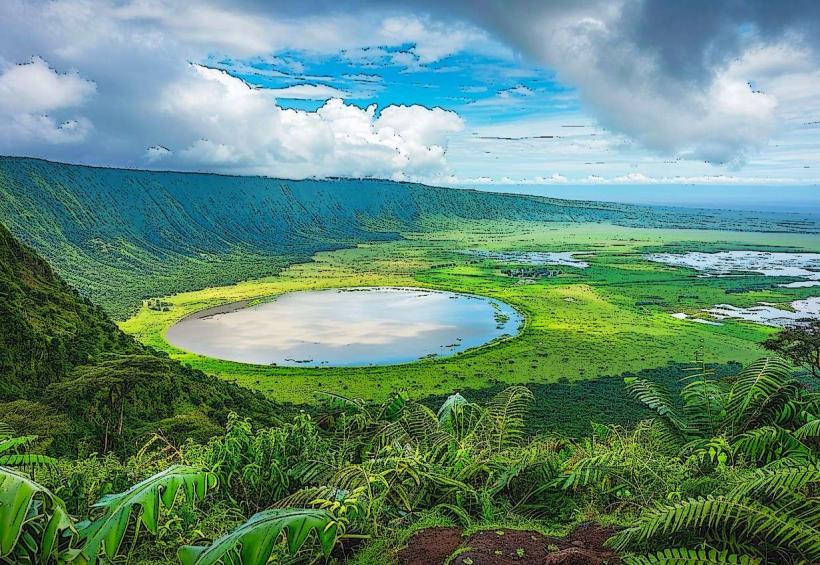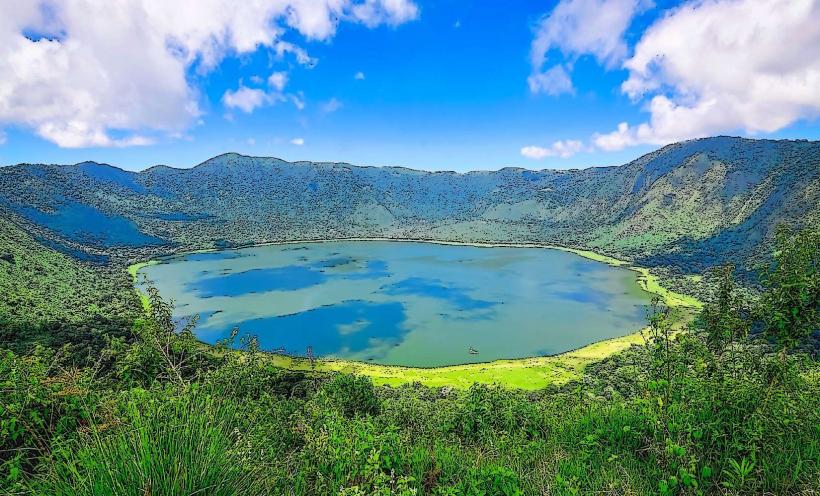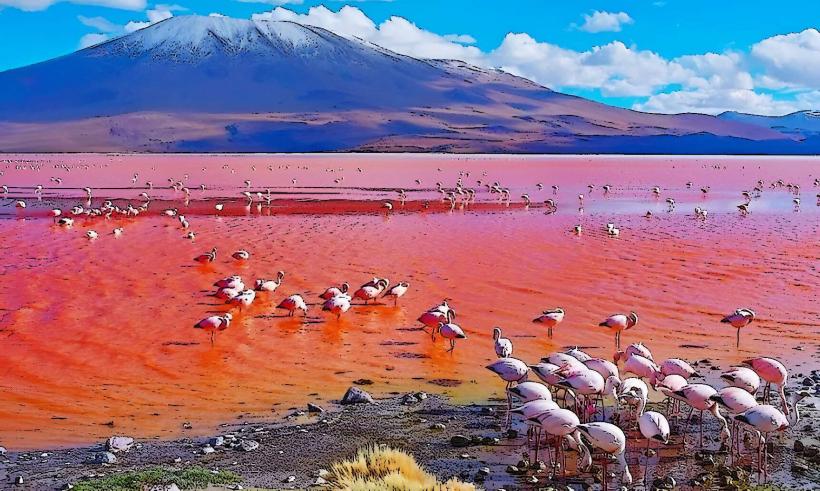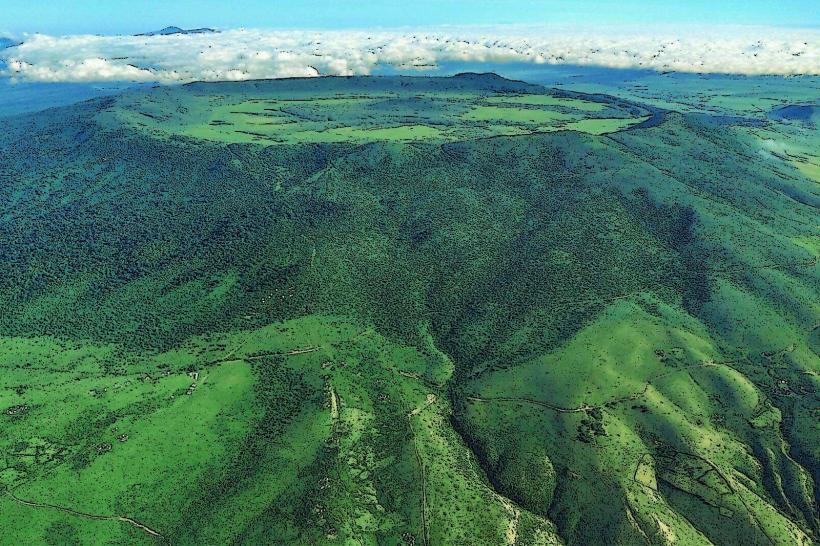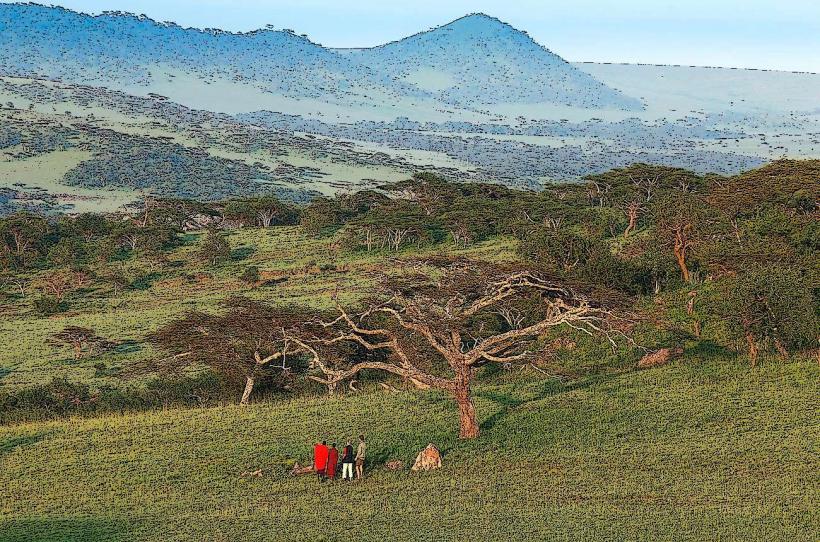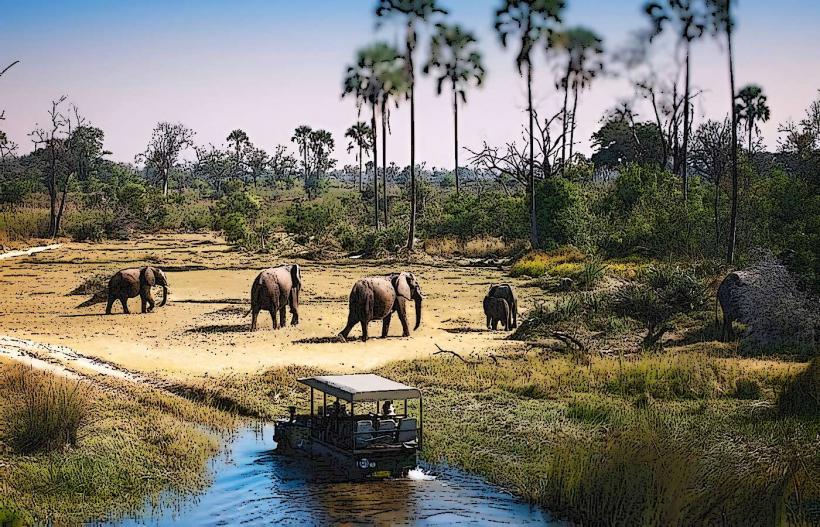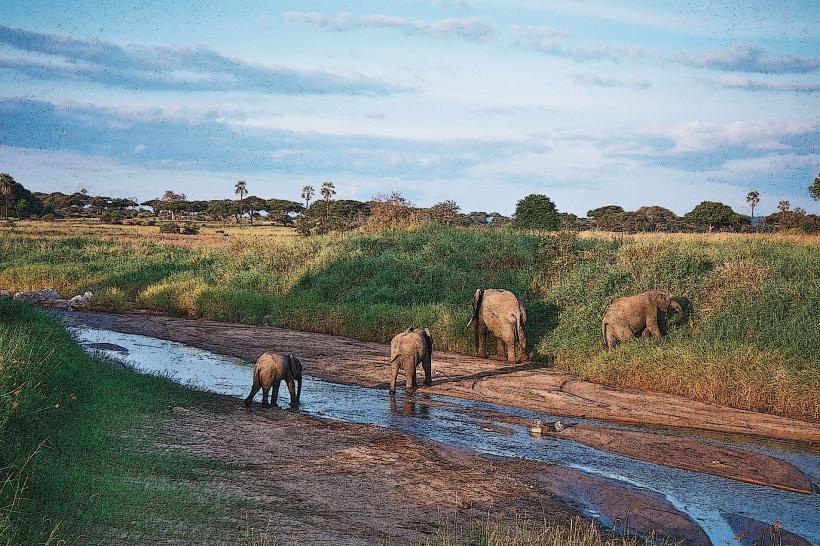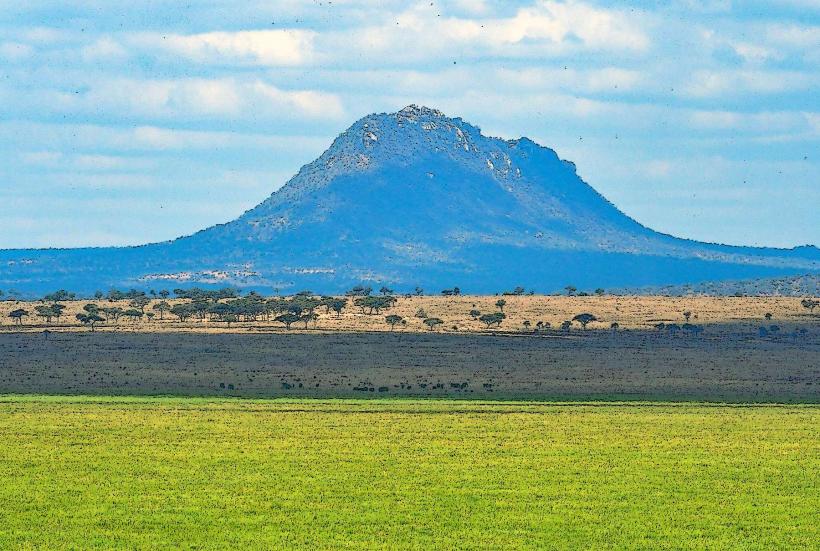Information
City: Ngorongoro RegionCountry: Tanzania
Continent: Africa
Ngorongoro Region, Tanzania, Africa
Overview
In northern Tanzania, the Ngorongoro Region stretches across sweeping plains, famous for its breathtaking scenery, diverse wildlife, and deep historical roots, consequently it features the famed Ngorongoro Crater and the surrounding Conservation Area, both honored as UNESCO World Heritage Sites where lions prowl the sunlit grass.This land lies within the vast Serengeti ecosystem, serving as a vital refuge for wildlife and a homeland for the Maasai, whose herds have grazed these plains for centuries, on top of that the Ngorongoro Region sits in northern Tanzania’s Great Rift Valley, roughly 180 kilometers-about a dusty three‑hour drive-west of Arusha.If I’m being honest, The Ngorongoro Conservation Area sits between the Serengeti to the northwest and Lake Manyara to the southeast, stretching across 8,292 square kilometers-about the size of a land where endless grass meets the horizon, not only that at the heart of the region lies the Ngorongoro Crater, the world’s largest intact volcanic caldera-about 20 kilometers across and plunging 600 meters deep, with sheer walls that catch the morning mist.The surrounding land shifts from lush highlands to wide grasslands, dense forests, and other ancient volcanic craters, equally important steep walls ring the Ngorongoro Crater, and down on its broad floor you’ll find grasslands rippling in the wind, pockets of wetlands, and patches of forest.It’s one of the region’s most iconic landmarks, what’s more people often call it the "Eden of Africa" for its rare, teeming wildlife-lions sprawled under acacia trees, zebras grazing in the tall grass, for the most part The crater floor teems with wildlife, from grazing antelope to darting lizards, and its seclusion keeps an unusually dense mix of species thriving in one compact space, as a result wildlife fills the crater, from lions prowling the grass to elephants lumbering past.It’s also one of the rare spots where you might spot a black rhino in impressive numbers, alternatively you might spot hippos wallowing in the mud, zebras grazing in the tall grass, and herds of wildebeests on the move, along with swift cheetahs and prowling hyenas.The crater shelters a dazzling variety of birds-flamingos wading in pink clouds, vultures circling high, hornbills flashing their bills in the sun-and its floor unfolds into open grasslands, cool forests, shimmering wetlands, and the pale, mineral-rich waters of Lake Magadi, in turn the towering walls of the crater shield the wildlife inside and give visitors sweeping views, like the shimmer of grasslands in the sun.The Ngorongoro Conservation Area spans far beyond the crater itself, embracing other striking landforms and rich habitats filled with life, in conjunction with in the NCA, the Maasai live side by side with roaming wildlife-a rare balance you’ll find in only a handful of places.The Maasai have called this land home for centuries, still herding cattle across the sun-baked plains as their ancestors did, as a result the Maasai live a semi-nomadic life, herding their cattle across open grasslands where zebras and antelope roam.They’re also deeply involved in protecting the region’s wildlife and land, along with they’re deeply tied to the land, and their age-ancient practices help keep wildlife and people in harmony-like planting crops only after the first warm rain, moderately In 1959, the Ngorongoro Conservation Area was created to protect both the Maasai’s traditional way of life and the region’s wildlife and landscapes, after that tucked within it lies Olduvai Gorge, a windswept ravine that ranks among the world’s most pivotal archaeological sites, moderately People often call it the “Cradle of Mankind” after the remarkable fossils and ancient human bones unearthed in its sunbaked soil, furthermore the site reveals fascinating insights into human evolution and prehistory, while the Ngorongoro Region teems with life-from lions resting in the tall grass to herds of zebra moving across the plains.It appears, large Five: As noted earlier, this region is home to lions, elephants, buffalo, rhinos, and leopards-sometimes you can spot their tracks pressed deep into the dusty ground, while in the Ngorongoro Crater and its nearby plains, visitors can spot all five of the enormous Five-sometimes in a single afternoon, partially The area lies within the vast Serengeti-Mara Ecosystem, making it a vital stage for the thundering herds of the Great Migration, therefore at certain times of year, wildebeests, zebras, and gazelles stream between the Serengeti and Ngorongoro, chasing the rains and the lush, green shoots that follow.The region also teems with birdlife, from glowing lilac-breasted rollers to circling vultures, along with more than 500 species have been spotted here, making it a birdwatcher’s paradise where you might catch a flash of sparkling wings in the trees.From the crater floor, you can watch flamingos stir the shallow lakes with their beaks, while vultures circle overhead and eagles and geese move in the distance, furthermore some creatures here-rare even in this vast region-exist in only a handful of sightings.For example, the black rhinoceros, now critically endangered, roams more often within the safety of the crater’s protected rim, not only that the Ngorongoro Region, with its sweeping grasslands and teeming wildlife, ranks among Tanzania’s most sought‑after safari destinations.Wildlife lovers can spot rare birds, culture enthusiasts can wander bustling markets, and history buffs will find stories etched into timeworn stone walls, besides ngorongoro Crater is one of the best places for a game drive, where you might catch sight of lions lounging in the grass or elephants ambling past your vehicle.The crater’s compact size and dense wildlife make it perfect for spotting animals up close, like a herd of zebra grazing in the grass, equally important visitors can hike the rim for sweeping views of the caldera and the land beyond.And just nearby, Olduvai Gorge offers an unmissable stop for anyone fascinated by archaeology and the story of early humans, moreover the site holds some of the earliest traces of human ancestors-Homo habilis and Homo erectus among them-offering rare insight into our evolutionary past.Inside the compact on-site museum, glass cases display fossils, stone tools, and other finds from Olduvai, and in the Ngorongoro region, travelers can also step into Maasai villages and share in their traditions.You might join a guided saunter through a Maasai village, watch dancers stamp the dusty ground in rhythm, and learn how they tend their cattle across the open plains, also you can stay at local lodges and camps that invite you to experience Maasai culture up close-maybe hear a warrior’s chant by the fire-then head to the Ngorongoro Crater Rim, where the view stretches over the vast bowl and the rolling hills beyond.From several lookout points, visitors can soak in sweeping views of the caldera, its rim fading into a haze in the distance, after that at the Ngorongoro Conservation Area’s visitor centers, you can explore exhibits on the region’s history, wildlife, and ongoing conservation work.The centers provide maps, guided tours, and educational displays, including vivid wildlife panels, not only that in the Ngorongoro Region, you’ll find everything from luxury lodges with sweeping crater views to simple tented camps and affordable guesthouses.Plenty of places to stay view out over the crater’s rim, where you can watch the morning mist drift, and they’re set in spots that make getting into the park quick and simple.
Author: Tourist Landmarks
Date: 2025-10-29
Landmarks in ngorongoro-region

